Toward Designing Tulips for a Warmer World
 Most cultivated tulips (Tulipa gesneriana) are produced in The Netherlands, which has a temperate climate resembling the Central Asian climate in which they originated. The growth cycle of cultivated tulips starts in autumn, when the bulbs are planted in the field. At that time, all organs, including the flower, are already present inside the bulb. A subsequent period of prolonged cold is required for rapid stem elongation as well as for internal preparation of the flower to bloom in spring. After this cold winter period, the stem elongates, the leaves stretch and unfold, and blooming occurs in April or May. The mother bulb is completely consumed after blooming, and the main daughter bulb replaces the mother bulb. Increasing temperatures in the spring are assumed to induce the vegetative-to-reproductive phase change (floral induction) at the shoot apical meristem in the daughter bulb, leading to the development of the floral organs and the induction of dormancy. Once the flower is completely developed inside the bulb, the life cycle starts anew. In The Netherlands, the warm winters and high temperatures during spring in recent years interfered with the floral induction process and induced an early transition from vegetative to reproductive development, resulting in dehydration of the flower (floral bud blasting) or low-quality tulip flowers. This problem calls for the development of new cultivars that are adapted to this climate change; hence, detailed molecular knowledge of the process is required. To shed light on the gene network that controls flowering in tulip, Leeggangers et al. (Plant Physiol. 173: 1904 – 1919) undertook a genome-wide approach to elucidate the molecular mechanism underlying the floral induction and the integration of temperature responses in tulip. Their results indicate that long before morphological changes occur in the shoot apical meristem, the expression of floral repressors in tulip is suppressed by increased ambient temperatures, leading either directly or indirectly to the activation of potential flowering activators shortly before the commencement of the phase change.
Most cultivated tulips (Tulipa gesneriana) are produced in The Netherlands, which has a temperate climate resembling the Central Asian climate in which they originated. The growth cycle of cultivated tulips starts in autumn, when the bulbs are planted in the field. At that time, all organs, including the flower, are already present inside the bulb. A subsequent period of prolonged cold is required for rapid stem elongation as well as for internal preparation of the flower to bloom in spring. After this cold winter period, the stem elongates, the leaves stretch and unfold, and blooming occurs in April or May. The mother bulb is completely consumed after blooming, and the main daughter bulb replaces the mother bulb. Increasing temperatures in the spring are assumed to induce the vegetative-to-reproductive phase change (floral induction) at the shoot apical meristem in the daughter bulb, leading to the development of the floral organs and the induction of dormancy. Once the flower is completely developed inside the bulb, the life cycle starts anew. In The Netherlands, the warm winters and high temperatures during spring in recent years interfered with the floral induction process and induced an early transition from vegetative to reproductive development, resulting in dehydration of the flower (floral bud blasting) or low-quality tulip flowers. This problem calls for the development of new cultivars that are adapted to this climate change; hence, detailed molecular knowledge of the process is required. To shed light on the gene network that controls flowering in tulip, Leeggangers et al. (Plant Physiol. 173: 1904 – 1919) undertook a genome-wide approach to elucidate the molecular mechanism underlying the floral induction and the integration of temperature responses in tulip. Their results indicate that long before morphological changes occur in the shoot apical meristem, the expression of floral repressors in tulip is suppressed by increased ambient temperatures, leading either directly or indirectly to the activation of potential flowering activators shortly before the commencement of the phase change.


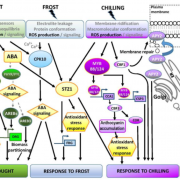
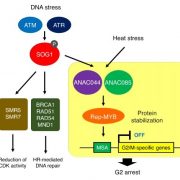
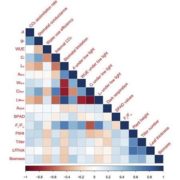
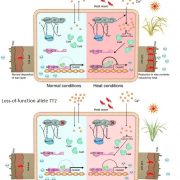
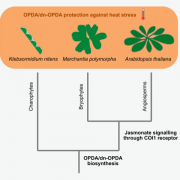
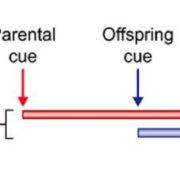


Leave a Reply
Want to join the discussion?Feel free to contribute!